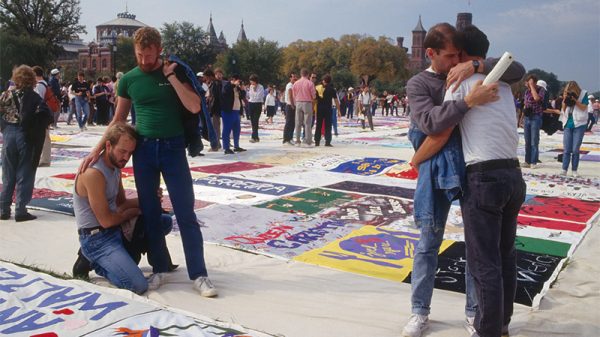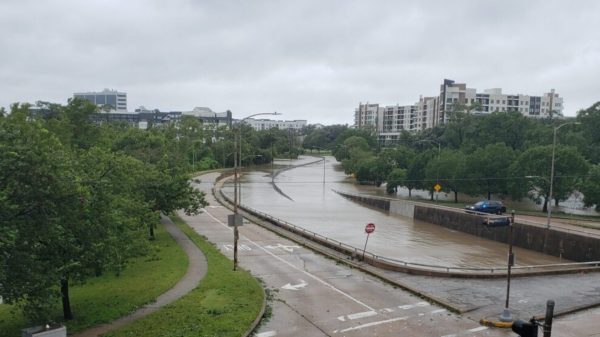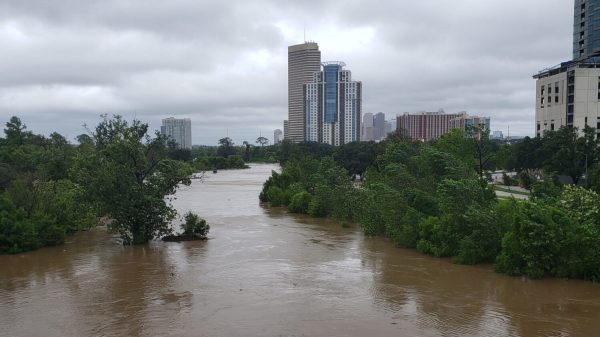
Besh Ba Gowah Archeological Park, Arizona
Many people flock Chaco Canyon, completely missing one of Arizona’s most mind-boggling ancient marvel.
This ancient stone city at Besh Ba Gowah once housed the Salado people, one of the most advanced pre-Columbian civilizations in the US. Here are some interesting facts to know before you visit.

Apache People Gave This Village Its Metal-Related Name
It means ‘place of metal’ in Apache, referring to mining that happened long after the pueblo was empty. You’ll find this pueblo on a high ridge looking over Pinal Creek, just one mile from downtown Globe.

Salado People Created a Regional Culture Phenomenon
Salado people lived in this 200-room pueblo between 1225 CE and 1400 CE. ‘Salado’ (Spanish for ‘salted’) comes from their connection to the Salt River basin.
They made unique buildings, pottery, and had religious practices that archaeologists now call the ‘Salado phenomenon.’
This culture group spread from Mexico to New Mexico, with most people living in the Tonto Basin area of central Arizona.

Great Depression Workers Saved These Ruins from Being Lost
Workers started digging at Besh Ba Gowah in the 1930s during the Depression. The Federal Emergency Relief Administration funded it first, then the Works Projects Administration took over, giving jobs to unemployed people.
This site is one of Arizona’s few examples of archaeology projects specifically created to help people find work during hard times. Without this job program, these ruins might have been destroyed by development or looting.

You Can Walk Through a Huge Prehistoric Village Complex
With about 200 rooms, this pueblo is one of the largest Salado settlements ever found. You’ll see multi-story buildings arranged in 20 separate courtyards connected by narrow walkways and plazas.
The main plaza in the middle measures 12 meters by 27 meters. As you walk through the site today, you can picture how developed this busy community was 800 years ago.

These Craftspeople Used Three Colors in Their Pottery
Salado potters made distinct three-color pottery using white, black, and sometimes red paints. The Pinto style started around 1275 CE with simple patterns, while later Gila and Tonto styles had more detailed designs.
Gila pottery became the most common style across the Southwest, with pieces found from Mexico to New Mexico. In the museum, you’ll see many examples showing how they used boiled plants to make black paint.

People Had Multi-Floor Apartments 700 Years Ago
When you explore the pueblo, you’ll notice wooden frames that let Salado people build two or three-story buildings.
The site has three fully rebuilt structures that show how these multi-level homes worked. Inside walls were covered with white clay plaster that made living spaces brighter.
These ancient apartment-style homes show impressive building knowledge, including how to support multi-story structures using basic materials.

Religious Ceremonies Happened in a Special Room
The site includes a ceremonial room that served as the spiritual center for the community. You’ll see special beam features and a unique pit structure that suggests it was used for religious gatherings.
Archaeologists think Besh Ba Gowah was a ceremonial, trade, and food storage hub, making it important to nearby communities. Salado society likely gathered here for major religious events, trading, and community celebrations.

Builders Used River Rocks and Clay to Make Sturdy Walls
All the walls in the pueblo are made from granite cobbles held together with clay mortar. The bottom row often had upright stone slabs, which is now seen as a typical Salado building style.
Inside walls were covered with white plaster, and some outside walls got plastered too. This building method created walls strong enough that parts have survived over 600 years in Arizona’s harsh desert climate.

Community Life Centered Around a Large Open Plaza
Village life focused on a big community plaza about 12 by 27 meters in size. This open area was where people held ceremonies, markets, games, and social gatherings.
You can tell it was used a lot because the soil is packed down from thousands of footsteps over many years.
The plaza’s central location with buildings all around shows how Salado people designed their community to encourage socializing and create a protected shared space.

Desert Plants Provided Food, Medicine, and Materials
You can visit an ethnobotanical garden showing plants Salado people used every day. They grew corn, beans, and squash using water from Pinal Creek. They also gathered yucca leaves to make sandals, baskets, and rope.
Their knowledge of healing plants helped them treat various health problems using local plants. The garden shows how they turned what looks like harsh desert to modern visitors into a productive, sustainable environment.

You’ll Find Hundreds of Ancient Treasures in the Museum
The museum displays nearly 600 artifacts dug up from the site, making it one of the biggest single-site collections in the Southwest.
You’ll see beautiful three-color pottery, stone tools, turquoise jewelry, obsidian points, and finely woven cloth. One wall has shelves of ancient pottery two rows deep.
The collection includes seashells from the Pacific Ocean and Mexico, showing they traded with people hundreds of miles away.

Original Ruins and Modern Rebuilds Blend Together at the Site
While you’ll mostly see original foundation stones, some debate exists about what’s authentic versus rebuilt. Three standing structures are complete modern reconstructions based on archaeological evidence.
Some areas are fully excavated while others still wait for archaeologists to investigate them. Models in the museum show both how it looks now and how the pueblo might have looked around 1325 CE, helping you picture the complete village at its peak.

This Advanced Society Disappeared Without Clear Reasons
Around 1450 CE, Salado people left Besh Ba Gowah and their other villages. Archaeologists still debate why this thriving society vanished after 200 years. Evidence points to a 23-year drought starting in 1476 that might have made farming impossible.
Some groups probably scattered and joined other cultures nearby. They abandoned their settlement about 42 years before Columbus arrived in America, meaning this advanced culture disappeared just before Europeans came.

Visiting Besh Ba Gowah
You’ll find the park at 1324 S. Jesse Hayes Road in Globe, Arizona. It’s open daily from 9:00 AM to 4:30 PM, except Mondays and Tuesdays from July through September.
Tickets cost $5 for adults, $4 for seniors, and kids under 12 get in free. You can visit for free on Saturday, March 15th, 2025, during Arizona Archaeology Month, when they’ll have food vendors and a special presentation.
Spring is the best time to visit when flowers bloom in the gardens. Call 928-425-0320 for information or to set up guided tours for groups of 15+.
The post Arizona’s Ancient Stone City is a Testament to the Mighty Salado Civilization appeared first on When In Your State.


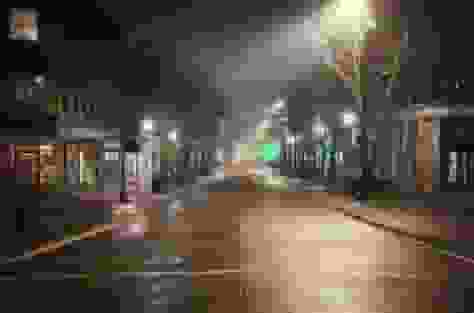

![Tyson Foods Plant [Photo: Food Manufacturing]](https://southarkansassun.com/wp-content/uploads/2023/08/iStock_1185520857__1_.5e441daa51cca-600x337.jpg)





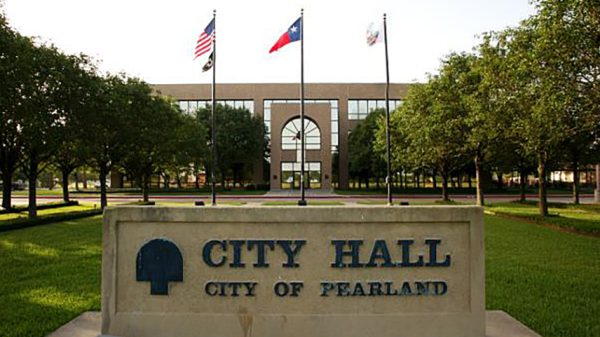

![Silverado Senior Living Management Inc. [Photo: Los Angeles Times]](https://southarkansassun.com/wp-content/uploads/2023/10/download-6-4-600x337.jpg)

![China's Wuhan Institute of Virology [Photo: Nature]](https://southarkansassun.com/wp-content/uploads/2023/09/d41586-021-01529-3_19239608-600x337.jpg)


